- HubPages»
- Technology»
- Computers & Software»
- Computer Software»
- Digital Photography & Video
Panorama Images from Little Photos

How to Make Big Panorama Pictures from Little Pictures
You and I like to show off our pictures.
“Hey, that's a really nice photo. How'd you ever make one as big as that?”
Just to let you know, I wrote most of this article way back in time when I was still learning how to do the big-from-little photo making stuff. Now that I have figured out (mostly) how all of this works and what is worth practicing, I updated the article text and selected several images to help describe the processes. There is not all that much to be learned but that some practicing of this type of photography can make an expert of you in no time at all.
You will need
Here are the things you will need to easily produce super-wide or super tall photo scenes (panoramas):
* A digital camera and the means to transfer images from it into your computer
* A subject that does not move about (such as a landscape, a building, a tree, even a camera-ready crowd of people)
* Panorama-production software installed in your computer
* Photo display devices (such as a monitor screen, printer, etc.)
How about tripods and extra lights?
Virtually any digital cameras will work nicely for you. It helps to use a tripod or other camera support to steady the camera as you work, but if you understand that keeping the camera steady when making photo exposures is important, you can do without a tripod. I don't typically use one, basically because I do not carry a camera tripod around with me. Because most of your panoramic photos will probably be of outdoor subjects, you will also be able to do without extra lighting. If you are going to work indoors you might require a flash for primary lighting or for fill-in lighting.
Some cameras do and some cameras don't
Some digital cameras have a built-in “photo-stitching” (pano) setting. Photo-stitching is the process by which you seamlessly join several ordinary-size digital photos together to build a panoramic picture that combines multiple regular size photos into one stretched-out composite photograph. One of my digital cameras has a stitch setting. I have yet to use it and so I cannot say that it works well or works poorly. Maybe I should give it a try one of these days.
Panorama (photo-stitching) software
There is a sufficiency of panorama-producing computer software in our world today – enough to satisfy virtually anyone as to ease or complexity of use, as to the need for a lot or a little bit of in-computer storage and usage space, and, of course, as to the pocketbook issue of cost out of your pocket or bank account (for the really upscale software). The panorama programs I use are available at low cost, like less than 50 dollars.
Free panoramic software is also readily available from multiple suppliers. One such freebie is available from the Serif software company. It is named “Panorama Plus” and can be downloaded free from Serif.com. Other free panorama production software I have used are Microsoft's "Image Composite Editing" software ("ICE") and another system called "Hugin," the latter program easily available by downloading it from "SourceForge.net." Of these, the software I like best and use the most is "ICE."

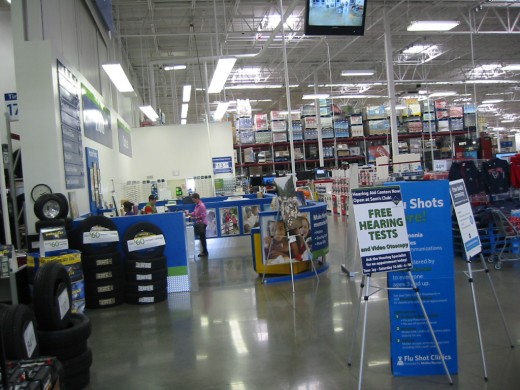
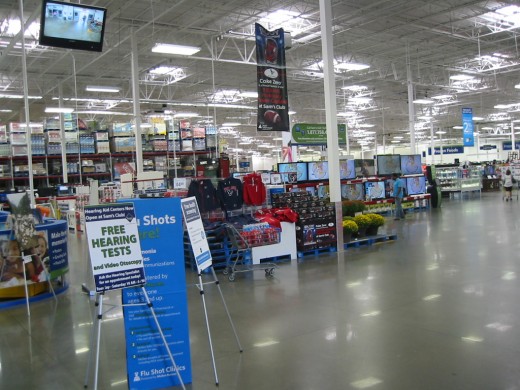
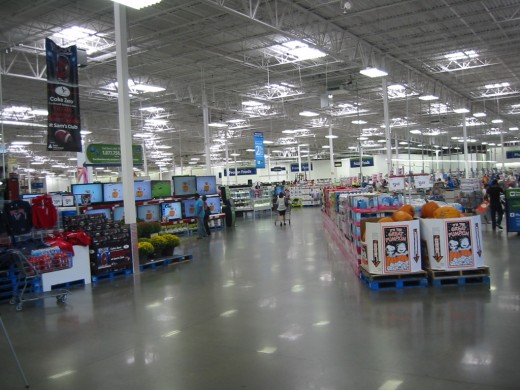
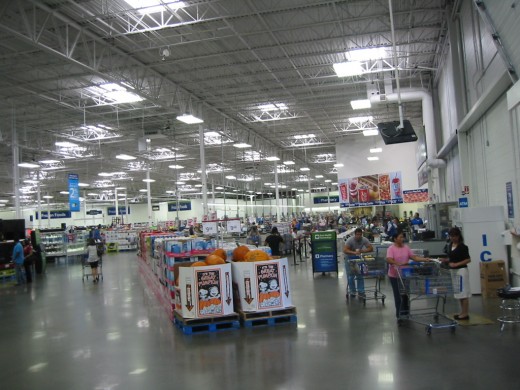
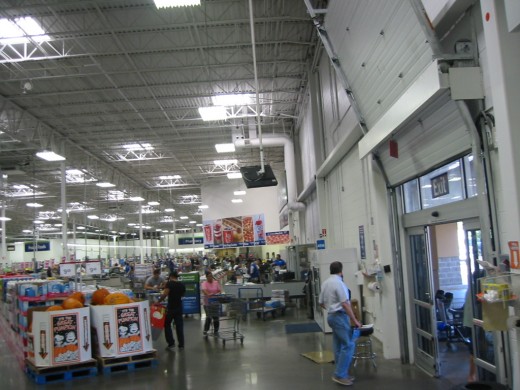
How to build a panoramic photo
With you and your camera remaining in a single location:
Keeping your camera on a selected (typically level) plane, make a first image exposure, rotate the camera in a convenient direction (left or right) and include some of the first image subject to be in the second and all subsequent image exposures. For example, if a flagpole stands at one side of the first image, include that same flagpole in the view at the “other side” of the second image. Continue this procedure as you make one image after another – each successive image to be made going in the selected direction, always to the right or always to the left. It is possible (and easy) to stitch together enough successive images to build a panorama that covers a sweep of fully 360 degrees. The highest number of images I have stitched together up until now is fourteen, but there is probably no reason for not going for more individual images unless you run out of image storage space in your digital camera or unless your particular panorama software cannot handle large amounts of image information.
Panoramas may be up-and-down affairs (tall buildings, mountains, and so forth) as well as wide vistas in nature or as buildings, streets, crowds of people or "things." Sometimes panoramas can be both wide-view and tall-view at the same time. Most of the software that I have experienced can handle the production of panoramic images that are vertical, horizontal, or the combination of vertical and horizontal in layout.
Combination layouts will require your making a horizontal set of images and then an adjustment of the camera's level (up or down as needed) and re-sweeping the scene horizontally. This would be repeated as often as needed until the entire vertical plus horizontal image field has been recorded.
What to do with your camera if you have "itchy feet"
There will be times when your subject is long and your ability to distance yourself from it is short. What then? Standing in one spot and rotating your camera, you will not be able to handily produce multiple images of the scene, each of which has adequate detail or even "good" visualization for you to be able to stitch individual photo frames into an appropriate panorama.
You can then make photos of the scene as you actually keep your camera pointed at the subject with the same angle, usually 90-degrees (perpendicular) and then moving the camera from one end of the subject to the other end, making individual, overlapping photo frames as you move. Stitch those frames together according to your software. You will have a fine panorama.
Some things to do that I have not yet done
One of my digital cameras can capably produce “closeups” - images that remind a person of viewing things through a powerful magnifying glass. Doing that sort of imaging allows you to see only a small part of the object being photographed. I cannot see why it would be difficult to make a composite closeup image that could show the whole of the subject as a single, enlarged view. Something to try when I have a spare moment ...
The thought has also filtered in that one or two panoramic images of a single room and its contents would be helpful as a file record to keep for insurance purposes in place of a pile of single images, each showing a small section of the room.
For the enterprising real estate sales people, several panoramic photos showing the up and the down of the street by the house to be sold would be handy to show to prospective buyers.
"Come visit my store and see everything on all of those long shelves." Some panoramic photos shown on the retailer's Website might be useful and interesting to customers and would-be customers.
You can also make a video presentations of your panoramas. This is easy to do using video production ( eg: free "PhotoStory") software. Now, in addition to having a great big (long) composite photograph to be viewed, you will have an image that the person viewing will be able to see "moving along" from a beginning point to an ending point - and if you like, your presentation can include narration, text, background music, and video effects (wipes, fades, and so on).
“What you see is what you guess (get?)”
Right now I am guessing that you can think of many more ways by which to produce, to make use of, and to enjoy composite images, panoramic images that you can make with low cost or absolutely free using easy-to-use software and your regular computer..
Have fun !








